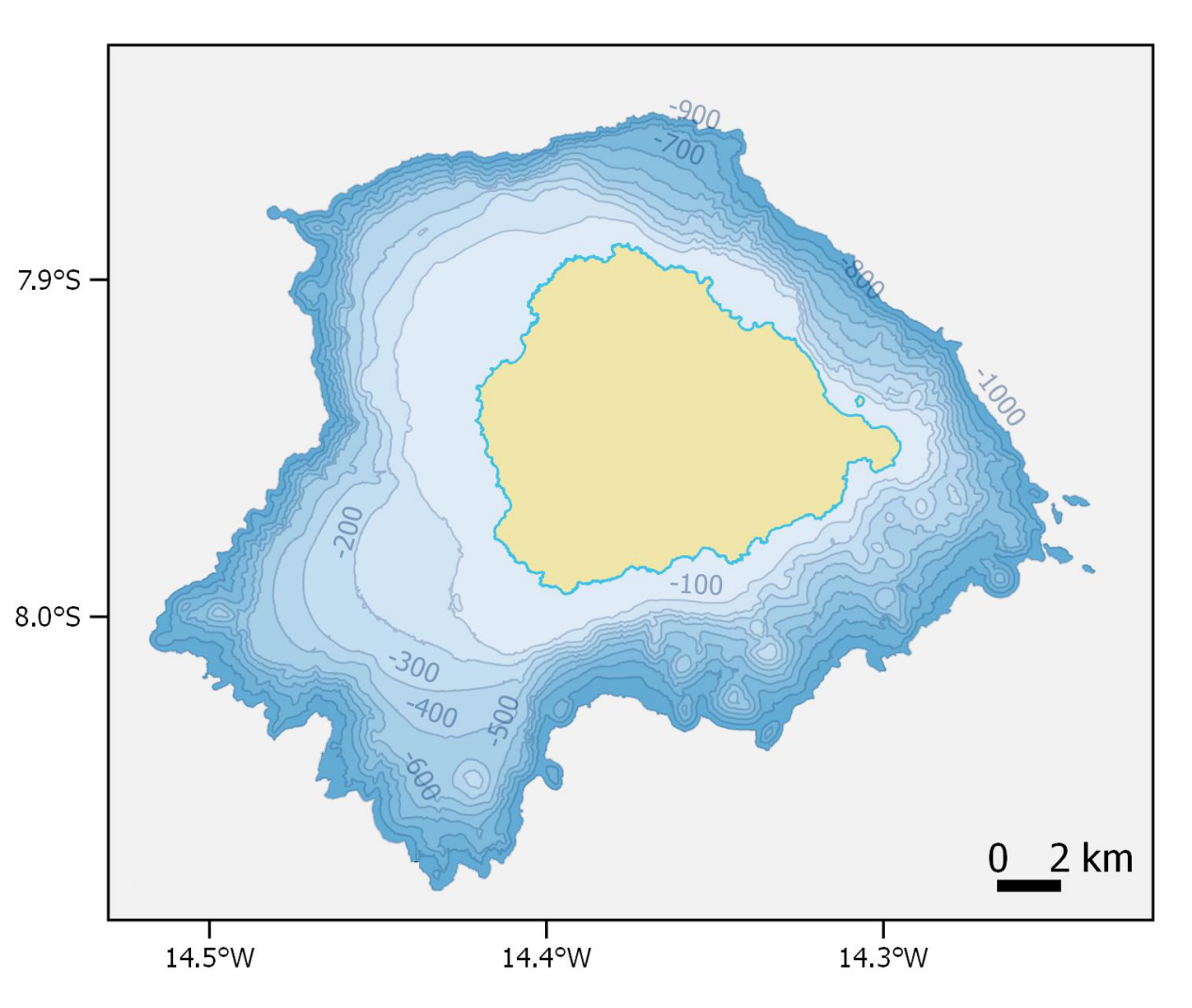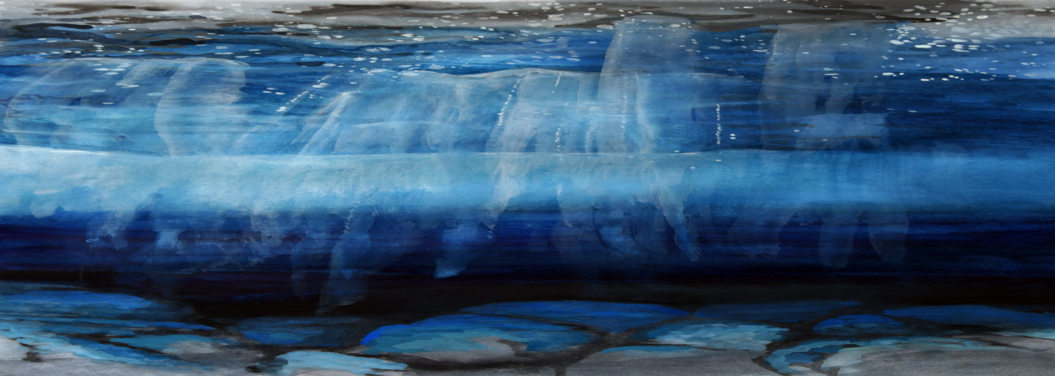
The isolation of the island has resulted in the evolution of 11 endemic fish species, which are found nowhere else on earth. A further 20 fish species are shared only with St Helena and St Peter and Paul’s rocks (Wirtz et al., 2014). Taken together, this means the mixture of fish species found in the shallow waters around Ascension is unique.
Anyone visiting Ascension Island is immediately struck by the abundance of marine life. The number of black triggerfish is particularly astounding. Their combined grazing and scavenging activity shapes inshore habitats by preventing the growth of soft corals or algae and favouring hard coralline algae and rhodolith around Ascension’s coasts (Price & John 1977). The high abundance of predatory fish also encourages nocturnal and cryptic behaviour in potential prey species and leads to the sharp contrast between the species active during the day and at night.
The other striking feature of Ascension’s shallow-water habitats is the presence of high numbers of large, predatory fish that seem to defy conventional wisdom about abundance decreasing up the food chain.
This phenomenon is also seen globally in the small number of other sites where fishing pressure has never been high. What can initially seem a strange excess of large fish may be the natural state for shallow water areas, and Ascension could serve as a model example of how all the worlds oceans should look.
